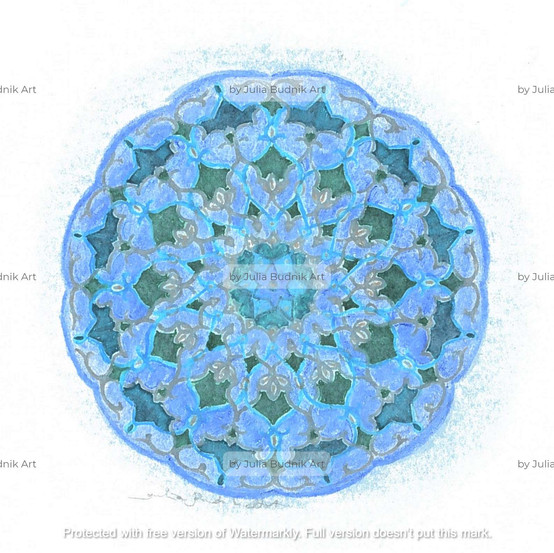
The project "World heritage Architecture" consists of 10 realistic colorful drawings, created in 2020.
It aims to capture the richness and diversity of buildings forms, colors, and ornaments used in Eastern Architecture by documenting selected historical sites that are all together are a part of our cultural heritage.
The artworks show the viewer the particularities of the unique heritage sites: details, symmetry, geometry & harmony. It is an exploration of the symbolic and historical aspects of the architectural sites created centuries ago.
The countries I've selected for the project are Uzbekistan, Saudi Arabia, and Iran. Some of them I visited personally and spent some time discovering the unique historical sites.
This selection of the views I've created after starting collecting the information about the ornaments & decorations in architecture in various cultures.
Understanding the symbolism and particular color patterns that were used by our ancestors are very important these days, as this knowledge has the sacral deep meaning that was collecting for ages.
For traditional architecture, geometric patterns are like plurality in unity forms. Recurring patterns are symbols of the infinite and timeless idea. Beauty and the harmony observed in the geometric patterns reflect a higher and deeper geometric order, that is, they reflect the cosmic laws.
World heritage Architecture Series: Uzbekistan

The architecture of Uzbekistan is noted for its originality.
Various ancient architectural masterpieces have also survived, including palaces, mausoleums, mosques, and minarets.

Colorful mosaics, religious symbols, and abstract geometrical patterns also characterize architecture in Uzbekistan.

The Registan was a public square in the heart of the ancient city of Samarkand of the Timurid Empire. The name Rēgistan means "sandy place" or "desert" in Persian. It is framed by three madrasahs (Islamic schools) of distinctive Islamic architecture. One of them is Tilya-Kori Madrasah - was not only a residential college for students but also played the role of the grand masjid (mosque).
Ulugh Beg's Observatory, also widely known as the Samarqand Observatory, is one of the most important observatories in bringing new discoveries in mathematics and astronomy.
Built in the 1420s by the Timurid astronomer Ulugh Beg, it is considered by scholars to have been one of the finest observatories in the Islamic world.
A beautiful historical site where you can find the most accurate catalog of 1,018 stars dated by 1437. In it, the astronomers accurately predicted, for the first time, the exact length of years and months, and the moment of midday, and of winter and summer solstices.
World heritage Architecture Series: Iran
Iranian architecture displays great variety, both structural and aesthetic, from a variety of traditions and experiences.
It makes use of abundant symbolic geometry, using pure forms such as circles and squares, and plans are based on often symmetrical layouts featuring rectangular courtyards and halls.
Jāmeh Mosque of Isfahān also known as the Atiq Mosque and the Friday Mosque. This is one of the oldest mosques still standing in Iran, and it was built in the four-iwan architectural style, placing four gates face to face.
The origins of this mosque lie in the 8th century, but it burnt down and was rebuilt again in the 11th century during the Seljuk dynasty and went through remodeling many times. As a result, it has rooms built in different architectural styles, so now the mosque represents a condensed history of Iranian Architecture.
The site features remarkable decorative details representative of stylistic developments over more than a thousand years of Islamic art.

The Shah Nematollah Vali Shrine is a historical complex, located in Mahan, Iran, which contains the mausoleum of Shah Nematollah Vali, the renowned Iranian mystic and poet.
World heritage Architecture Series: Saudi Arabia
Saudi Arabia has a unique architectural heritage that has developed over the centuries. Historically, building designs and materials in Saudi Arabia were dictated by the climate, geography, and resources available.

Diriyah is a town in Saudi Arabia located on the north-western outskirts of the Saudi capital, Riyadh. Diriyah was the original home of the Saudi royal family and served as the capital of the Emirate of Diriyah under the first Saudi dynasty from 1744 to 1818.
Artworks are available for sale, please contact me directly via mail or send me a direct message via Instagram.












Comments